Fads come and go, but innovation is always in style
-

Our Start in Footwear
-
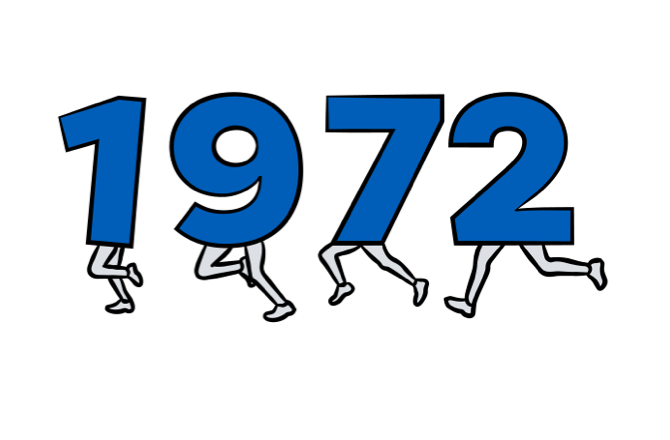
Rise of Running
-
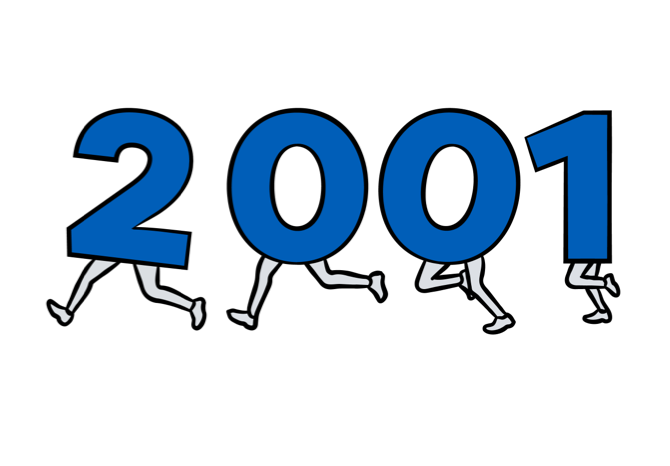
Focus on the Run
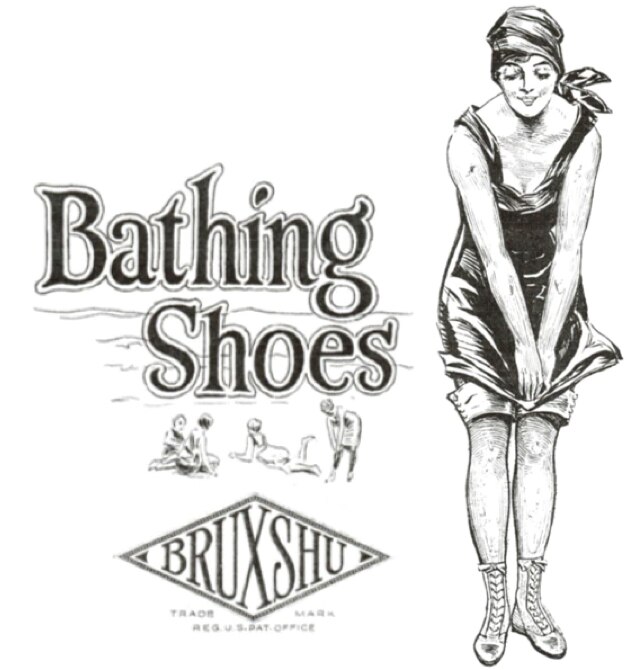
1914
Bath and ballet shoes
Brooks begins in a small factory in Philadelphia that makes ballet slippers and bathing shoes. While we can’t take much credit for revolutionising the ballet or bath shoe industries, we remain just as committed to specialised gear for a specialised activity.
1921
Baseball cleats
We move into mainstream sports with the development of our first baseball cleats, which will go on to be worn by championship teams and famous athletes like Mickey Mantle. Our past business was America’s Favourite Pastime.
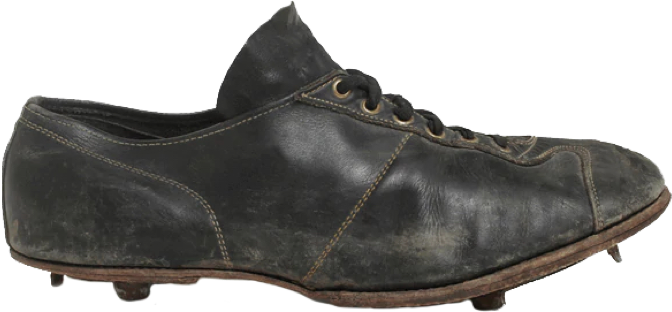
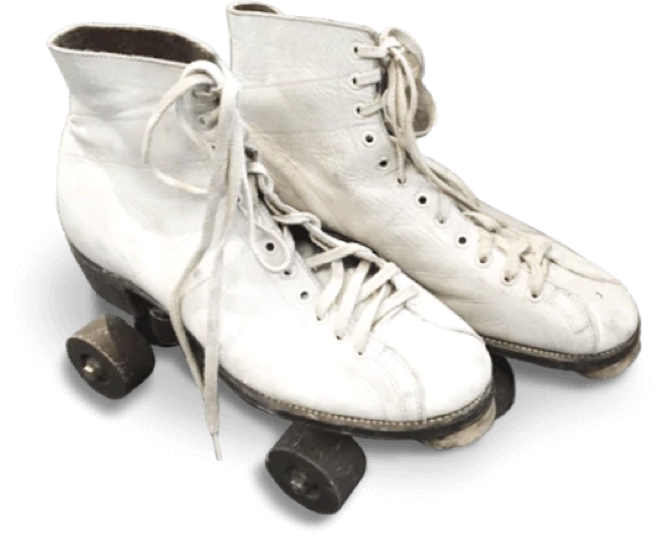
1929
Roller skates
You know that little bumper on the front of your roller skates that sometimes, but not often enough, prevents you from crashing into parked cars? That's us.
1930
Football studs
Brooks makes one of its first innovations for serious athletes: Natural Bend Arch Support. It quickly becomes a favourite technology among players. Another patent, Lock Tight, helps reduce injury by preventing studs from coming off during the game.
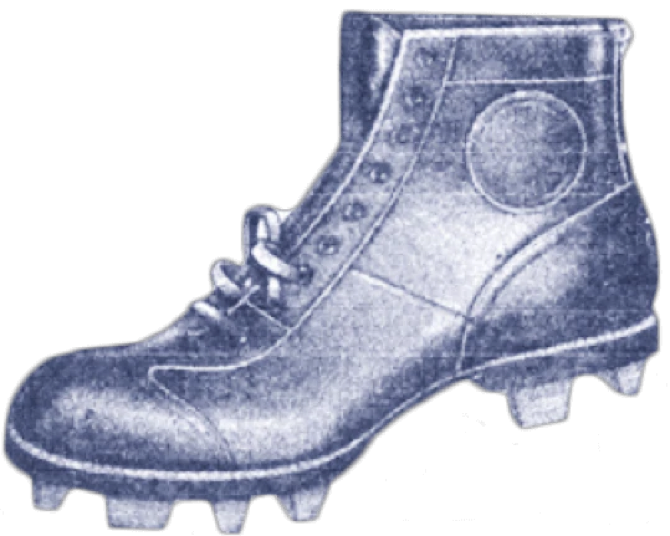
1938
Children's shoes
Many are surprised to learn we no longer make pint-sized footwear. At one point, we launched a line called “Pedicraft” that was scientifically engineered for children. We eventually grew out of them, as did all the children who wore them.
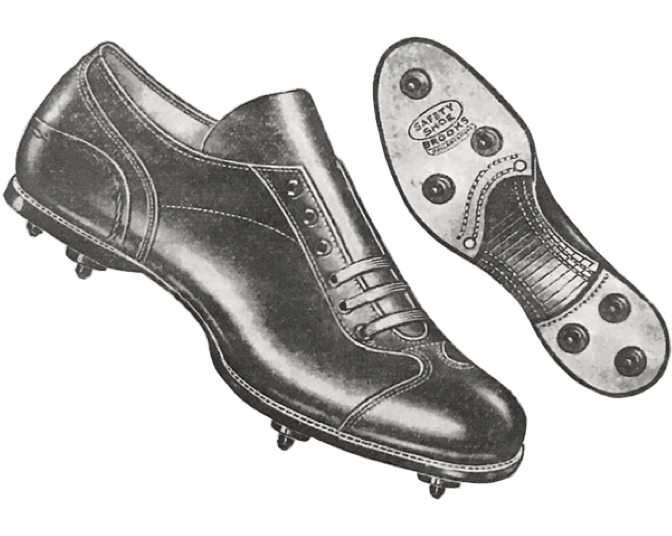
1940
Softball cleats
Brooks develops shoes with soft rubber cleats for softball. They become extremely popular, alongside an extensive and growing line-up that also includes ice skates, gym, bowling, basketball, baseball, football, boxing and wrestling shoes.
1962
A moment with Mickey
Long before Brooks could take part in major sports endorsements, then-CEO Jerry Turner made his way into the New York Yankees' locker room with a box of Brooks cleats under each arm. He asked Roger Maris and Mickey Mantle if they'd like to try them on. Maris declined, but Mantle tried them, loved them and bought both pairs with a cheque for $44.
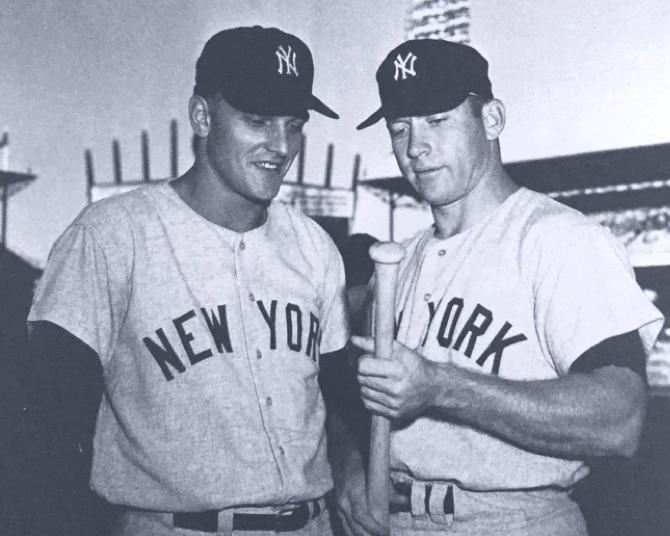

1972
Things change in Munich
It could be said that Brooks' focus on running shoes actually began in 1972, when Yale graduate Frank Shorter won the Olympic marathon. Running suddenly captivates the world’s attention. Instead of making anything – from athletic shoes to combat boots – that would keep the factory turning, Brooks starts to think about limiting its focus.
1974
Villanova
Brooks begins its true commitment to innovation through runner insight by developing the Villanova with feedback from Olympic middle-distance runner Marty Liquori. The shoe puts Brooks in a league with the other big names in running of the time.
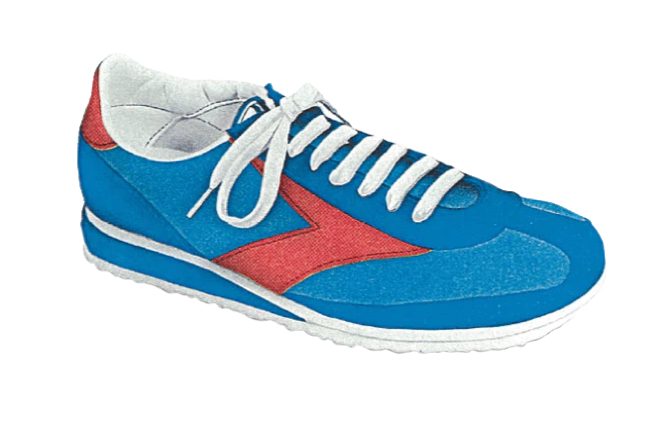
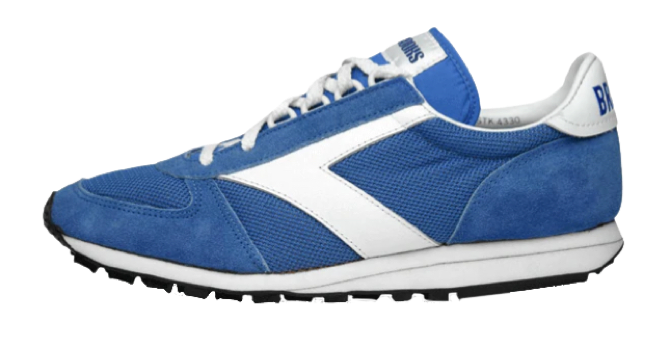
1977
Vantage
Brooks' first shoe to hit No.1 in Runner's World. In addition to developing the industry-first use of EVA (which replaced slow-rebounding rubber in midsoles), the Vantage features a removable sockliner that moulds to the runner's foot and the Varus Wedge. President Jimmy Carter orders a pair.
1980
Hugger GT
Despite its friendly name, the Hugger GT is an aggressive step forward in running shoes. The innovative shoe is the first to feature a breathable GORE-TEX upper; it also features a heel-hugging side strap that makes your foot “a more biomechanically efficient (and less injury-prone) structure”.
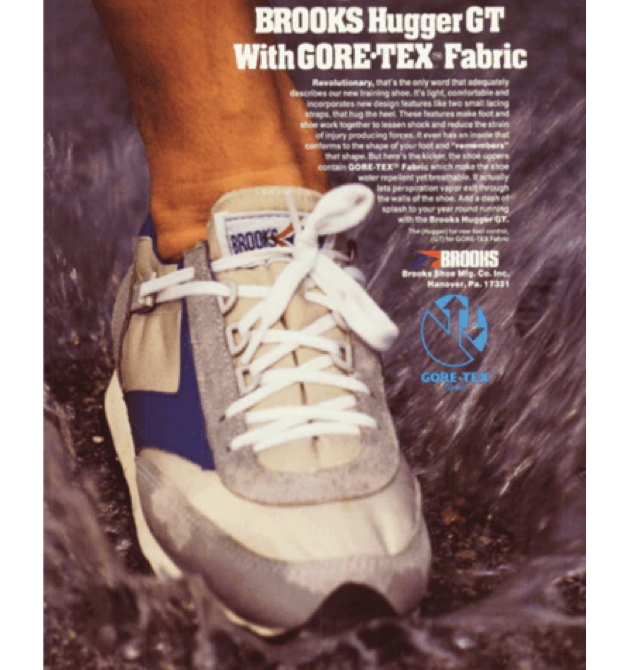
1981
Varus Wedge
Rated the best running shoe in the world by Running Times, the Brooks Nighthawk features the Varus Wedge, which solves a big problem for runners by reducing overpronation.
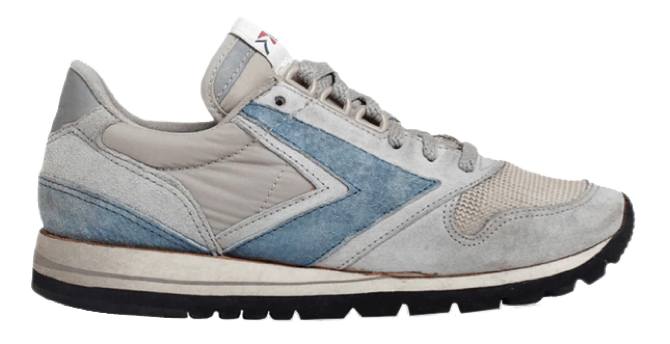
1982
Diagonal Rollbar
The Chariot uses two different density foams instead of the Varus Wedge – a denser foam on the inside of the shoe to keep runners from rotating inward and toward the outside, softer EVA to keep the shoe from tilting awkwardly for walkers. Brooks calls this innovation the Diagonal Rollbar. The Chariot also features an ultra-sturdy heel counter that wraps around the heel and extends to the ball of the foot. A third game-changer – a dual-density rubber outsole – features hard rubber on the edges for stability and softer rubber in the middle to absorb impact.
1987
Kinetic Wedge
Brooks releases a new cushioning technology designed to stabilise the forefoot: a piece of soft, flexible material under the ball of the foot. The Kinetic Wedge allows the foot to arch more naturally, reducing stress-related injuries. This development is said to be the first of several innovations that makes Brooks for Women the first shoes designed to be anatomically correct for women.
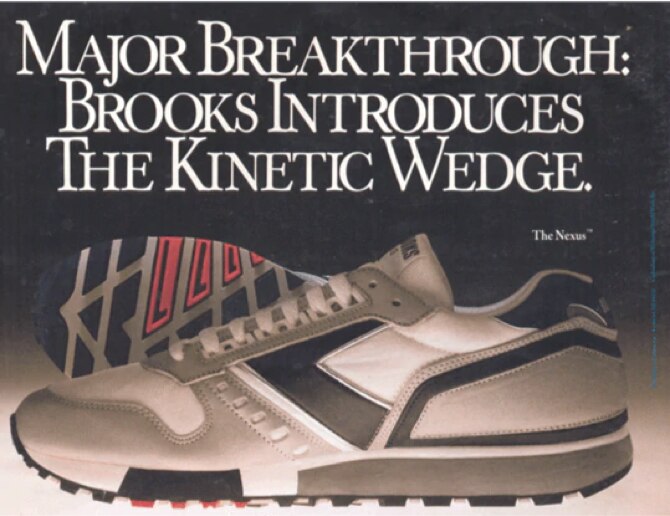
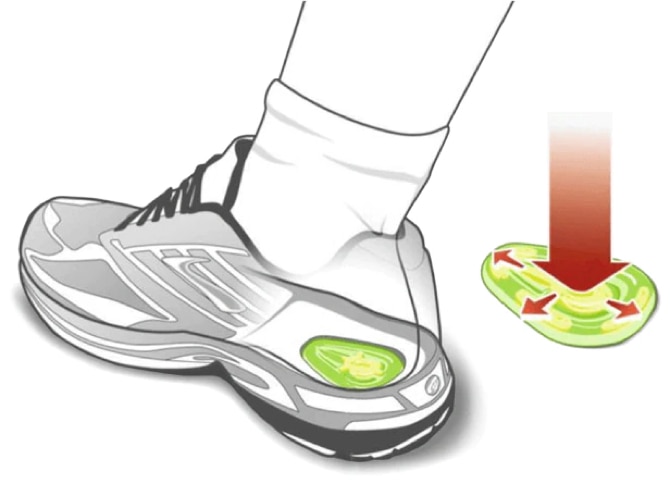
1989
HydroFlow
Like a hydraulic shock absorber, HydroFlow reacts uniquely to each runner’s weight and gait. This technology starts as a two-chambered system that moves silicone fluid from a rear chamber into a front chamber of the shoe with each heel strike and then springs back when the heel lifts. In 1991, HydroFlow wins the American Podiatric Medical Association Seal of Acceptance. Later, HydroFlow is improved to dampen impact by moving a silicone-oil compound from the centre of the pad to the edges.
1992
Beast
Brooks’ next big shoe takes motion control to a new level with improvements to the Diagonal Rollbar. Doctors prescribe the Beast for runners with shin splints and other injuries. The Beast and the Addiction (the “Baby Beast”) go on to become some of Brooks’ most successful shoes.
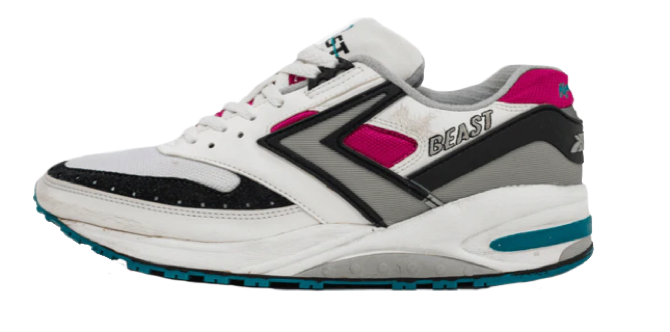
1995
Podular Technology
A new Brooks concept makes the outsole more flexible than ever. Instead of linear grooves, Podular Technology introduces pods on the outsole, allowing the shoe to bend in every direction. The innovation is now so common, it seems strange to think of it as revolutionary so recently.
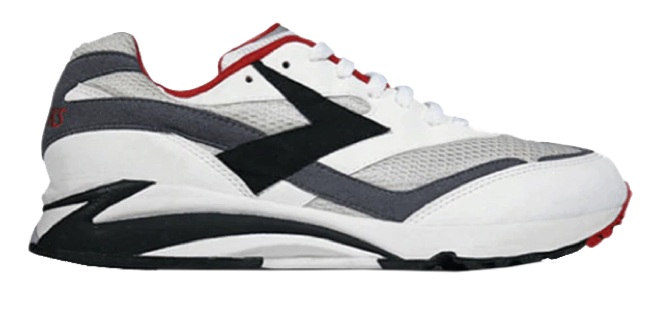
1999
Adrenaline GTS 1
One of Brooks’ all-time best sellers hits the market, marking Brooks’ first big move into the fast-growing stability category. The Adrenaline GTS (Go-To Shoe) is developed through feedback from running retailers seeking a go-to shoe that was supportive but more flexible and responsive than the Addiction. The Adrenaline adds flexibility to the forefoot, smoother transitions from heel strike to toe-off and flex grooves that offer the right amount of support and traction, among other innovations.
1999
Substance 257
Brooks introduces another cushioning innovation. Substance 257 was 25 percent rubber and 75 percent ethylene vinyl acetate (EVA). This compound makes the midsole more durable and simultaneously cushy.
2001
Full commitment to the run
When you focus on what you do best, you do it even better. Brooks enters the new millennium focused on one thing: running. We’re proud of our heritage. We're grateful for all the wearers of Brooks sporting goods over the years. But now we're singular in our pursuit.
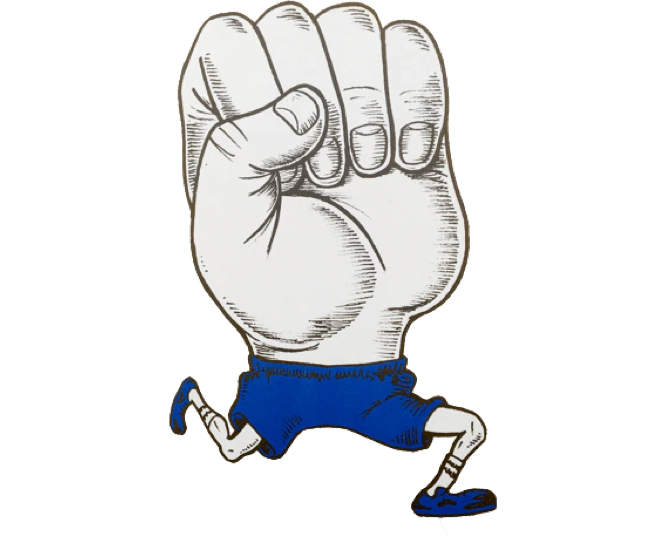
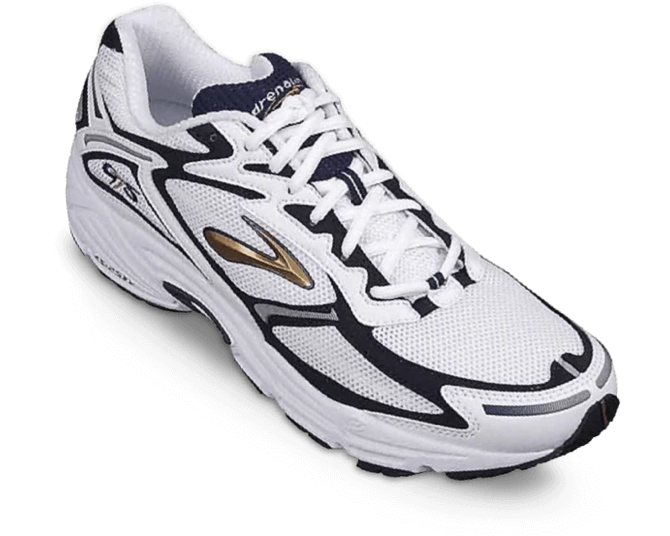
2002
Adrenaline GTS 4
A new design "tunes" the fit, balance and ride of the Adrenaline GTS to perfection. The Progressive Diagonal Rollbar is introduced, using triple-density foam contoured not only to prevent pronation from the outside in, but also to gradually guide the foot forward from heel strike to toe-off. These innovations lead the Adrenaline GTS 4 to Runner's World's "Best Update" award and Running Network's “Best Renovation" Gold Medal; it also becomes Brooks' best-selling shoe.
2006
MoGo
A whole new polymer-based substance represents a complete update to the industry standard EVA foam midsole. MoGo gives runners more cushioning, more rebound, more durability and more energy return. A more efficient and environmentally friendly compression-moulded preform process cuts waste in half.
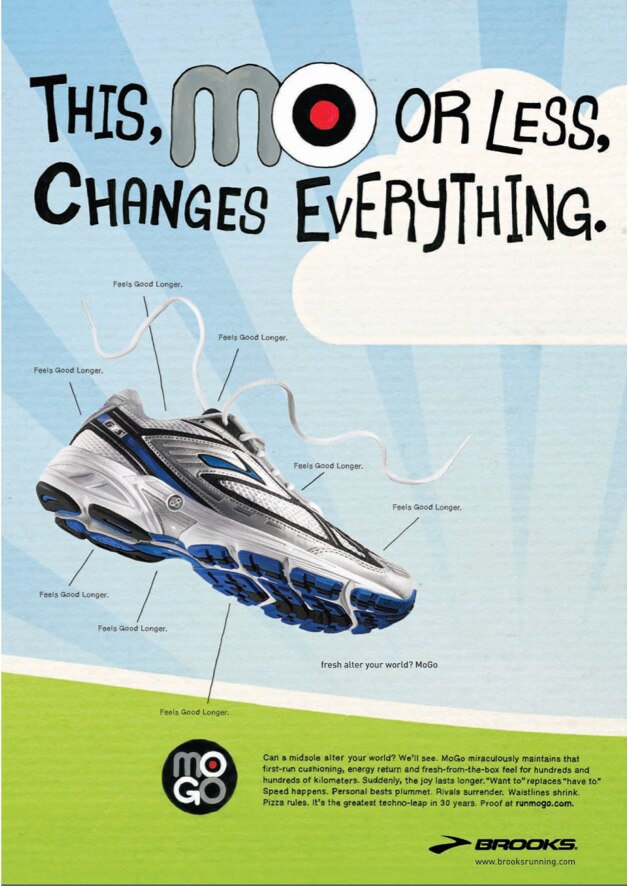
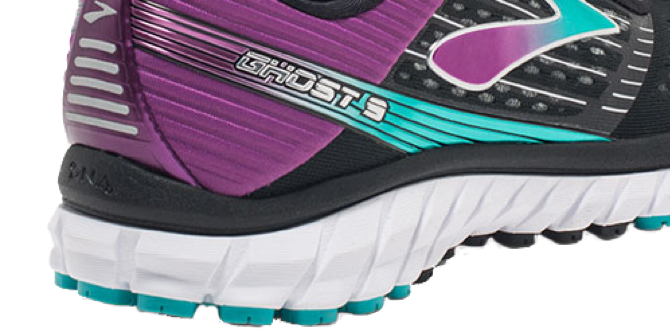
2007
BioMoGo
Brooks improves upon the revolutionary MoGo midsole by making the world’s first fully biodegradable midsole cushioning material. Tests show that BioMoGo breaks down 50x faster than EVA, with the potential to save landfill nearly 15 million kgs of waste over a 20-year period. And then Brooks does the unthinkable by freely sharing BioMoGo’s formula with the competition, believing that if it’s good for the whole world, it belongs to the whole world.
2010
Green Silence
Brooks redefines what it takes to make a racing shoe with this remarkably sustainable flat. Made of 75% post-consumer recycled materials, it requires radically less energy to make. The insole is completely biodegradable and every single component contains a sustainable element. An array of discarded items are used that would otherwise sit in a landfill, including CDs and broken couches.
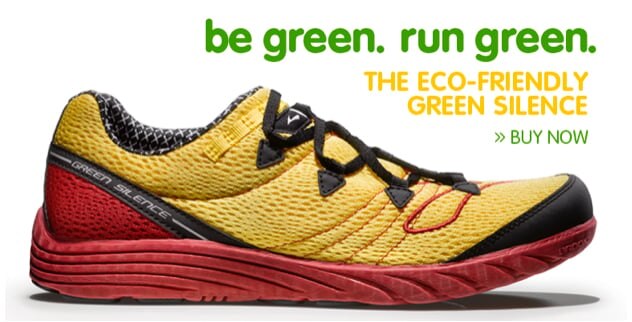
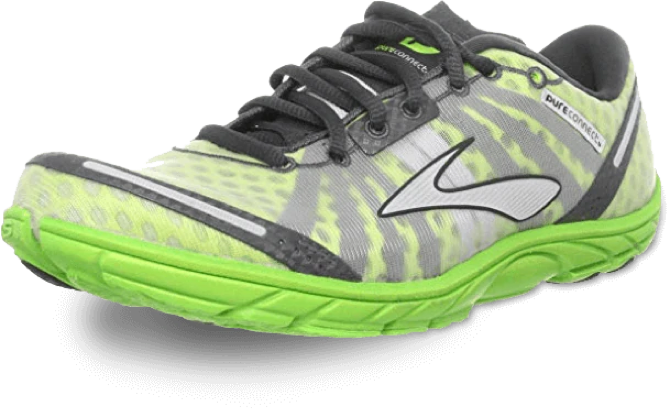
2011
PureProject
While never adopting the "less is more" philosophy of the minimalist running boom, the PureProject line delivers a more biomechanically sound product in a lighter package. Runner's World says in its review of the PureConnect that it "strikes a balance between barefoot-inspired minimalism and cushioning-required training... it has a lightweight, barely-there feel yet is substantive enough to handle long tempo runs”.
2013
Transcend
Instead of trying to “correct” a runner’s gait, Brooks embraces emerging biomechanics research that the “right way” to run is as individual as runners themselves. The Transcend is the first shoe to feature GuideRails technology.
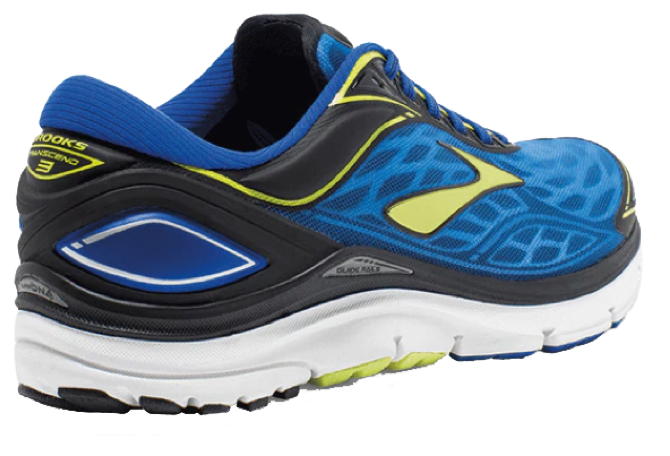
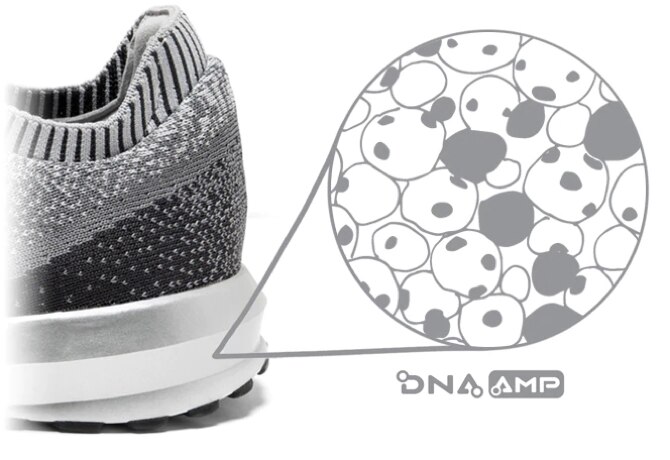
2017
DNA AMP
Brooks launches its most responsive midsole ever, featuring technology that returns more energy to the runner than any shoe from leading competitors. DNA AMP absorbs the impact of the foot strike and returns it directly upward, so energy expelled by runners is translated back into longer, faster runs.
2018
DNA LOFT
The softest midsole ever created by Brooks hits the market. With a balance of foam, air and rubber that disperses impact away from the body, runners are offered a plush, comfortable ride without sacrificing responsiveness or durability.
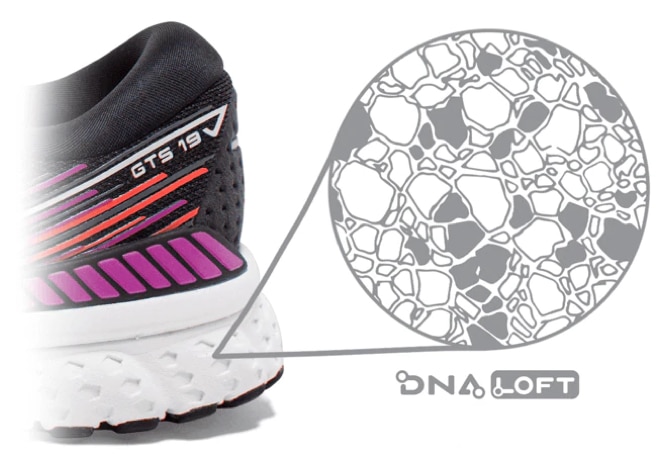
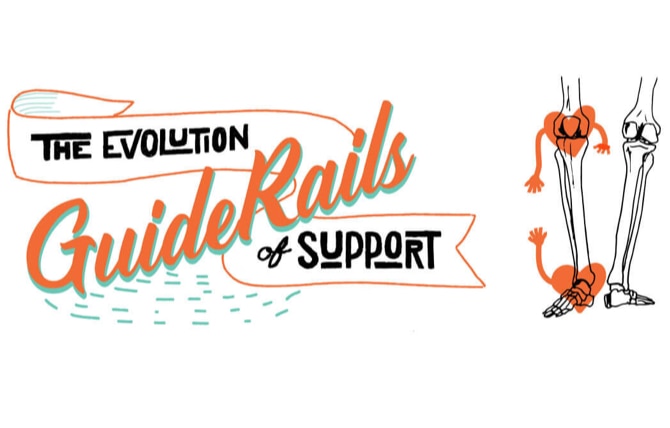
2018
GuideRails 2.0
Brooks unveils a whole new approach to support technology that embraces the individuality inherent in each runner’s stride. GuideRails are specialised plates that allow runners’ hips, knees and joints to move through their own unique Habitual Motion Path, only intervening when the runner exceeds this zone. This holistic approach to support takes into account the natural coupling between the feet and the joints, recognising that no shoe could hope to outsmart the human body.
2020
The Run Bra
Brooks brings a long-overdue innovation into the world: a bra specifically designed to meet the high-impact demands of running. Our prototypes are conceived after working alongside the University of Portsmouth, a leader in studying the biomechanics of breast movement. We also interviewed women in depth about their experiences with traditional sports bras. From that data, we designed two types of run bras: The Drive Collection features flexible, compression-style support, while the Dare Collection features built-in, moulded cups that hold you in.

We're just getting warmed up. Want to learn more?
-

Research and innovation
-

Our purpose
-

Running Responsibly

